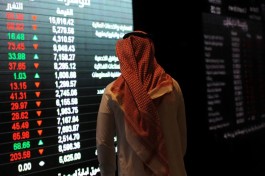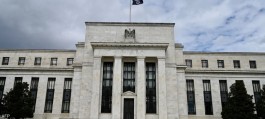Bitcoin saw another big swing that weighed on the currency’s relatively sluggish trading on Wall Street Monday. This time, the popular digital asset surged 7% to reclaim the $70,000 level, the latest sign that bitcoin’s moves are increasingly bearish during U.S. business hours.
This pattern was also evident in February after the token surged to $60,000 for the first time since 2021 and was on track to hit a record high in March. The trading focus shifted to the United States alongside the launch of Bitcoin exchange-traded funds, which have attracted more than $11 billion in net inflows since their debut on January 11.
The research firm Kaiko said in a note that a measure that tracks the difference between bitcoin’s high and low prices on an hourly basis shows a larger gap in the U.S. versus Asia. Volatility was more concentrated during regular U.S. trading hours, it wrote.
US Bitcoin funds from the likes of BlackRock and Fidelity are among the most successful ETFs to launch and are changing the structure of the cryptocurrency market. The changes include improved liquidity in the Bitcoin market and a significant increase in spot trading volumes as ETFs calculate their net asset value near the end of the US trading day.
In contrast, Asia seemed to be the new center of gravity for digital asset markets for a while in 2023, during the height of the U.S. crackdown on cryptocurrencies. At the time, bitcoin trading activity was heaviest during Asian trading hours. But with the entry of a new player in the form of U.S.-based exchange-traded funds, that changed.
At this point in today’s trading, Bitcoin is hovering above the $70,000 level, recording $70,680, up about 1.11% in the last 24 hours. This is after briefly surpassing $71,000 on Monday before the gains eased slightly. Bitcoin is up 154% over the past 12 months and closed at its highest level in mid-March at about $73,798.
Meanwhile, Ethereum is also up about 1% in the last 24 hours, hitting $3,648, while Dogecoin is up about 7.2% to $0.183377.



































